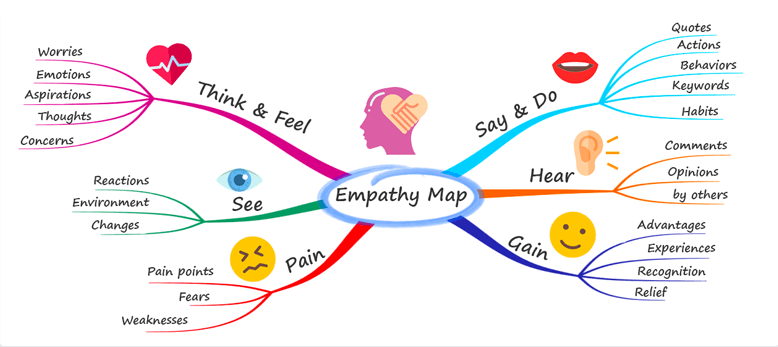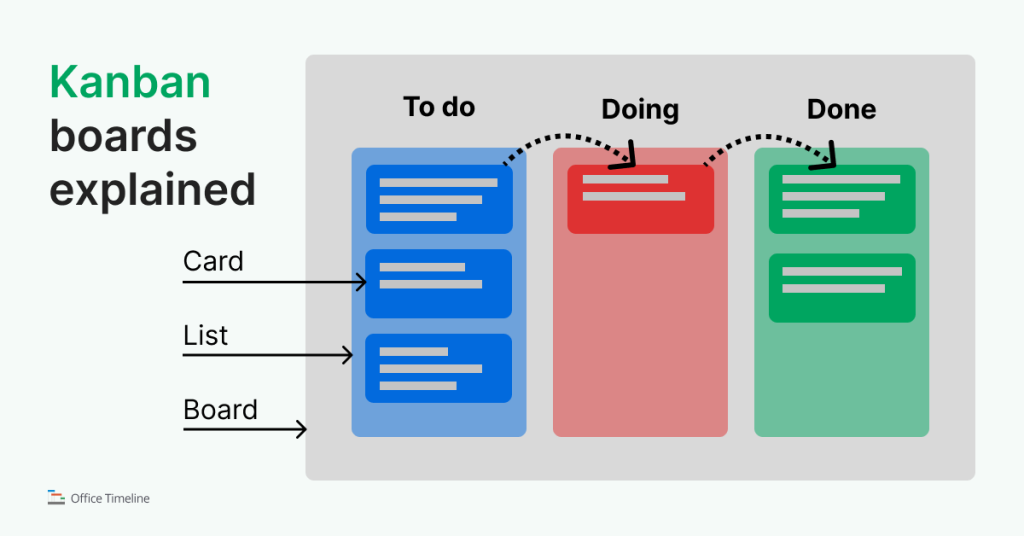In the realm of creative collaboration, understanding and accommodating the unique needs of each team member is essential for fostering a harmonious and productive working environment. Recently, my journey has been influenced by three individuals with ADHD, two of whom have been formally diagnosed and are actively seeking support, while the third remains undiagnosed. As I’ve delved into educating myself on ADHD and its implications for creative professionals, I’ve realized the necessity of adjusting my approach to better accommodate their strengths and challenges. This blog post is born out of my personal experiences and newfound insights, aimed at exploring how ADHD impacts photographers and videographers and offering practical tips to enhance collaboration and productivity in creative endeavors.
As a creative professional in the dynamic world of photography and videography, every project is an opportunity to capture stories, evoke emotions, and leave a lasting impression. However, for individuals navigating the creative landscape with ADHD, the journey can be filled with unique challenges that require thoughtful strategies and support. Let’s delve into how ADHD can impact photographers and videographers and explore practical tips to help them overcome these obstacles and thrive in their craft.

Understanding the Impact
The ADHD brain, characterized by its tendency to be locked in the present and oblivious to the future, can manifest in various ways that directly affect the creative process:
- Trouble Cleaning/Organizing: Maintaining a clutter-free workspace and organizing equipment can be daunting for individuals with ADHD, leading to inefficiency and frustration.
- Starting Projects Without Completing Them: The impulsivity associated with ADHD may result in many half-finished projects, hindering productivity and leaving a trail of unfinished creative endeavors.
- Problems Prioritizing: Difficulty prioritizing tasks can leave photographers and videographers feeling overwhelmed and unsure of where to focus their creative energy amidst competing demands.
- Time Blindness: The concept of time may elude individuals with ADHD, making it challenging to adhere to deadlines and manage schedules effectively.
- Difficulty Maintaining a Schedule: Consistency and structure are vital in the creative process, yet ADHD can disrupt schedule adherence, leading to inconsistency and missed opportunities.
- Lack of Focus: Maintaining focus amidst distractions is a common struggle, impacting the quality and efficiency of creative work.

Navigating the Creative Landscape: Tips for Success
While ADHD presents its share of challenges, there are practical strategies that photographers and videographers can employ to harness their creative potential and enhance their reliability for clients:
- Utilize Digital Tools: Leverage digital calendars and project management apps to record activities, appointments, and deadlines. Incorporating reminders and notifications can help maintain awareness of upcoming tasks.
- Actionable Calendar Entries: Treat tasks as actionable appointments by scheduling specific blocks of time for creative work, editing sessions, and client meetings. Breaking down projects into manageable chunks can alleviate the overwhelm and enhance focus.
- Work in Sprints: Embrace the concept of working in short, focused bursts known as sprints. Set a timer for designated periods of intense productivity, followed by brief breaks to recharge.
- Gamify the Process: Set personal goals and milestones to infuse your workflow with elements of fun and challenge. Reward yourself upon task completion to reinforce positive habits and motivation.
- Ditch the To-Do Lists: Instead of traditional to-do lists, adopt a more visual and structured approach to task management. Consider using kanban boards or mind maps to organize and prioritize projects in a visually stimulating manner.

By implementing these strategies and fostering a supportive environment, photographers and videographers with ADHD can navigate the creative journey with confidence and resilience. Embracing their unique perspective and harnessing their creative talents, they can continue to captivate audiences and leave an indelible mark on visual storytelling.

